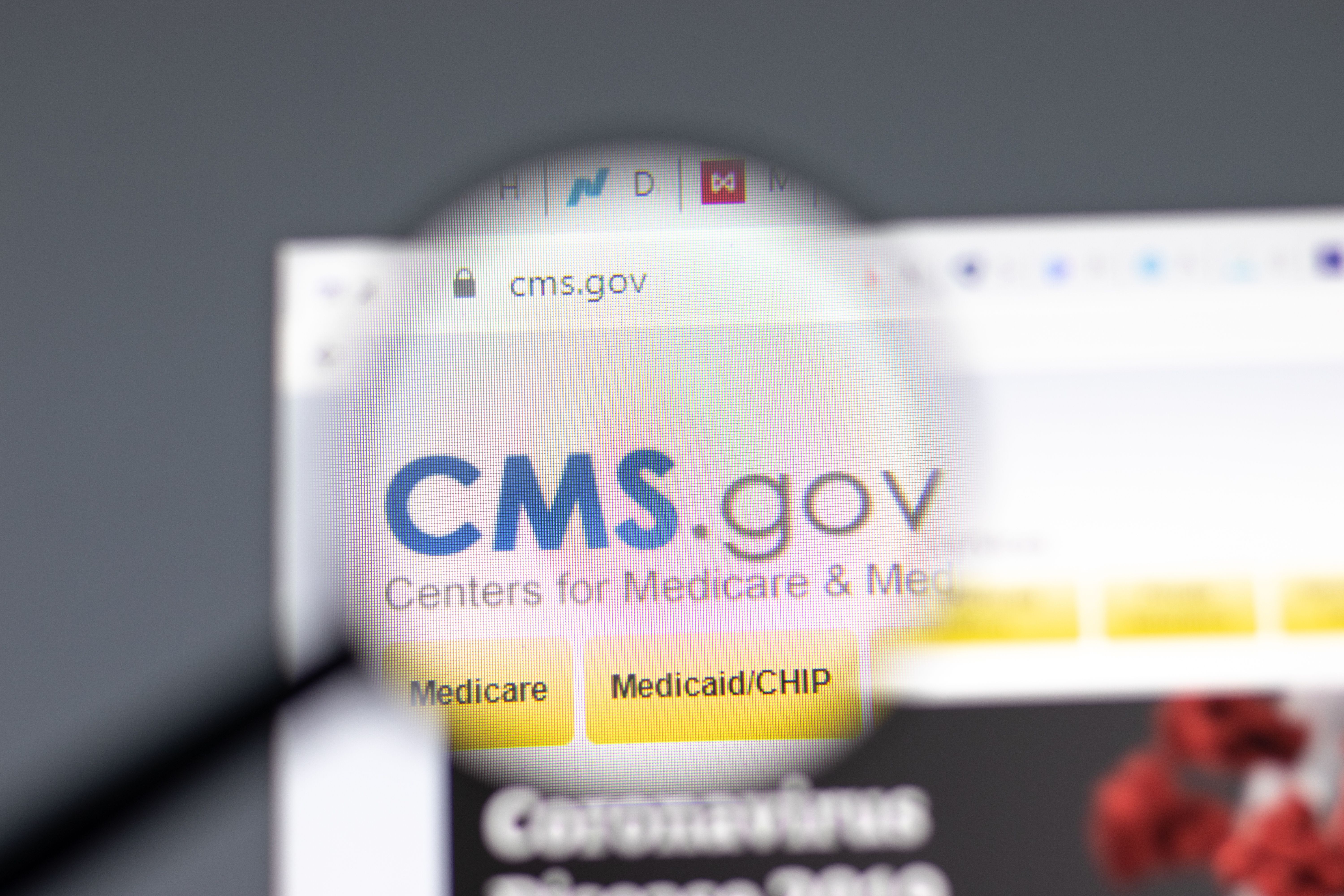Article
Remote Monitoring of HFrEF Economically Advantageous vs Usual Care
Author(s):
A new study investigated the potential impact of remote monitoring of heart failure with reduced ejection fraction (HFrEF) on care use and costs.
Emergency admissions for heart failure with reduced ejection fraction (HFrEF), overall and through the emergency department (ED), were reduced following the implementation of smartphone-based remote monitoring (RM)of patient vital signs in the 3 months after the chronic heart condition was diagnosed, reports JMIR Cardio.
These findings have implications for the economic impact from this subtype of heart failure.
“Noninvasive RM of vital signs (rather than invasive data from implanted devices) has minimal risks to patients and is often cheaper than other strategies, so it can be applied to a greater proportion of heart failure patients,” the study investigators wrote. “Our primary objective was to conduct a secondary care health use and health-economic evaluation for patients with HFrEF using smartphone-based noninvasive RM and compare it with matched controls receiving usual care without RM.”
This retrospective study investigated the Luscii smartphone-based RM platform for patients who have HFrEF, which entails noninvasive self-measurement of blood pressure, pulse rate, and body mass index. Patients can also report disease symptoms and pill use, and communicate with clinicians. For this analysis, HFrEF was defined as a left ventricular ejection fraction below 50%, and the patients (N = 146, matched 1:1 to usual care or RM; mean age, 63.8 years) had been referred to the heart failure service at Imperial College London. Just 29% of the study participants were female patients, and New York Heart Association class II disease was the most common classification, for 49% of the RM group and 45% of the usual care group.
ED attendance was reduced by 57% (HR, 0.43; 95% CI, 0.21-0.88; P = .02) and unplanned hospital admissions were reduced by 74% (HR, 0.26; P = .18) following use of Luscii, for which patients received a digital sphygmomanometer, pulse rate monitor, and body mass scales to record their HFrEF data. In addition, elective patient admissions (HR, 1.03; P = .96) and outpatient care outcomes (HR, 1.40, P = .18) did not differ between the patient cohorts, the authors highlighted, and although the trend in the RM group was to have more outpatient cardiology use compared with the control group, “this difference did not reach statistical significance (77 vs 48; P = .10),” the authors wrote.
These results were seen even after the study investigators accounted for hypertension, which was the only baseline characteristic that significantly differed between the study groups (P = .03): 36% of the RM group and 55% of the control group had high blood pressure.
Further, even though the app did cost money to implement, mean 3-month secondary health care costs remained lower for the RM compared with the control group: GBP £465 (US $581) vs GBP £1850 (US $2313) (P = .04). Drilling down to more specific secondary health care costs, these results were seen for the RM and control groups, respectively:
- ED costs: GBP £2562 (US $3214.07) vs GBP £6673 (US $8371.39)
- Unplanned admissions costs: GBP £11,321 (US $14,202.38) vs GBP £108,906 (US $136,624.32)
- Elective admissions costs: GBP £5053 (US $6316.25) vs GBP £13,175 (US $16,468.75)
- Cardiology outpatient costs: GBP £8827 (US $11,033.75) vs GBP £6320 (US $7900)
Patients were encouraged to submit daily measurements through the app, and they also had access to e-learning modules on such topics as cardiac investigations and device therapy. Most patients reported a White or Black ethnicity, at 55% and 58% and 18% and 15% of the study and control groups, respectively. The most common comorbidities were type 2 diabetes, atrial fibrillation, and hypertension in the control group and atrial fibrillation, ischemic heart disease, and hypertension in the RM group.
When speculating why RM may have led to improved outcomes, the authors said that by using the technology, patients may have been able to recognize condition worsening earlier and they had more interaction with nurses, which itself lent to more aggressive uptitration off medical therapy and fewer hospital admissions.
“Based on these findings, RM has significant benefits for patients and health systems in the early period after a diagnosis of HFrEF,” the investigators concluded. “Noninvasive RM should be viewed as an adjunct to standard care to reduce admissions and enable other complementary resources to be directed toward patients who are unable to use RM.”
Reference
Zaman S, Padayachee Y, Shah M, et al. Smartphone-based remote monitoring in heart failure with reduced ejection fraction: retrospective cohort study of secondary care use and costs. JMIR Cardio. Published online June 23, 2023. doi:10.2196/45611




